What was the first sales methodology?
Hubspot defines a sales methodology as a broader philosophy or set of practices that can inform how a sales process is built and conducted.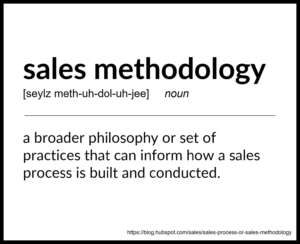
Korn Ferry defines a sales methodology as a framework that outlines how your sellers approach each phase of the sales process. While a sales process maps out a sequence of stages required for success, a sales methodology introduces discipline through a system of principles and best practices that translate into seller actions.² (Korn Ferry)
If we agree that these definitions are true – that a sales methodology is a philosophy applied to the selling process, optimizing the approach to taking a buyer through their journey of making a purchase decision, then the first methodology would be that which NCR developed in the 1880s.
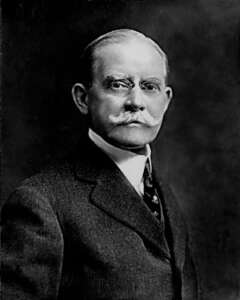
NCR Founder, John H. Patterson
In June of 1887, the company that first put sales methodology on the map was the NCR Corporation (National Cash Register). John H. Patterson, whose approaches are what makeup today’s structure to selling over 135 years later, was struggling to get his five salespeople to sell cash registers consistently. His brother-in-law, John H. Crane, who sold wallpaper, was a master at the sales craft. Patterson convinced him to join the team.
Crane was self-taught. He spent days trying to figure out the cash register, first by disassembling it and attempting to reassemble it. He then set up a showroom at a local hotel and managed to get sixteen prospects to come by, one by one. None of them bought. He quickly realized why – in each case, there was something missing from his approach and talk track.
He filled in the gaps and created a script for himself. At first, he used note cards but eventually internalized them. Questions no longer threw him off. His win rate went through the roof. It came down to having a repeatable script.
Crane writes, “I realized that it was necessary to transfer my information to a prospective purchaser. That was all that was necessary, but it had to be done in a systemic way.”
There was a method…a methodology. It had a process associated with it, which included:
- Step 1: “When you go to a town, stop at the best hotel and get the best room you can.”
- Step 2: “Have a table for each register, cover each register. Sit the customer with his back to the light, and so arrange the position of the machine that you are explaining once the others are not in sight.”
- Step 3: There was then a script. It was memorized. It was internalized.
It worked! John Patterson called him into the office and asked him what he was doing. Crane asked Patterson to a room where the registers sat. He told Patterson to sit down and forget, for a moment, everything he knew about the registers.
“I went through my little talk. After I had finished, I asked him if he would have bought. He said, “Yes”.
Just then, the NCR Vice President walked in.
“Mr. John Patterson got up from his chair and said to the vice president: “Sit down on this chair and forget everything you know about a cash register.”
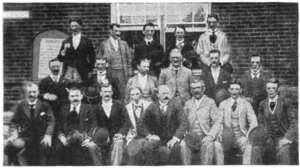
NCR’s 1894 New Hire Sales Class!
Crane again went through his method. And once again, the vice president said “yes” when asked if he would have bought.
Crane explained to Patterson, “I said that there were a whole lot of men who were better salesmen, but who did not sell so many machines, because they did not do it systematically.”
Thus, a methodology was born. Released in June of 1887 it was originally called, “How I sell National Cash Registers, by J.H. Crane.” As Crane adds, “We changed the name of the book. There was too much Crane about it. We called it the primer.” The N.C.R. Primer.
They sold just under 2,000 registers in 1887, which was almost double the previous year.
The first sales methodology came from the National Cash Register NCR Corporation. Documented in the NCR Primer, it became the foundation for not only their success but the sales process foundation for every B2B modern sales organization that sprang from its beginnings throughout the early 1900s.

Reach out if you want to discuss The Transparency Sale sales methodology, or really…anything else (sales kickoffs, workshops, keynotes, the economy, etc.)! Email info@toddcaponi.com or call 847-999-0420.
Sign up for the newsletter for more of my nonsense in your inbox every other week, with some sales history sprinkled on top…



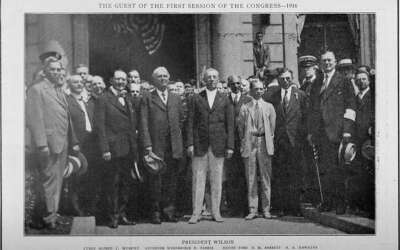
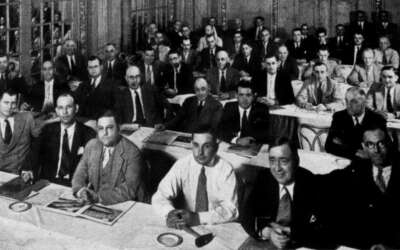
Great piece Todd. Thanks for getting to the root of it! Love your geekery.